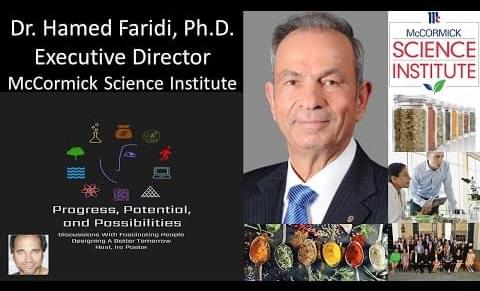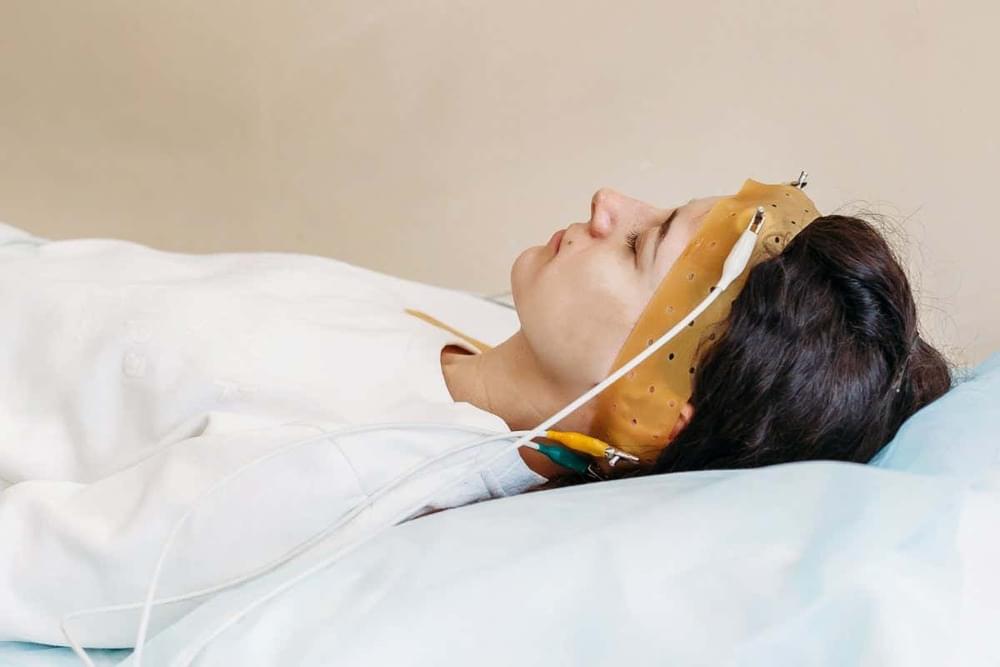Culinary Herbs & Spices For Health, Wellness & Longevity — Dr. Hamed Faridi Ph.D., Executive Director, McCormick Science Institute
Dr. Hamed Faridi, Ph.D. is the founder of Faridi Strategy Group LLC and serves as the Executive Director of the McCormick Science Institute (https://www.mccormickscienceinstitute.com/).
Hamed is renowned as an innovative food industry leader, business executive, strategist, and board director. He is a visionary leader who conceives and implements innovative approaches — often using technology — to create and sustain business growth in the highly competitive food manufacturing industry. Hamed is known as someone who creates “momentum” and superior customer intimacy.
Hamed is a sought-after consultant and frequent industry speaker with valuable perspectives on the food industry and the “future of food”. He has a reputation for developing strong and trusting relationships with CEOs, executive leaders, industry peers, and board directors. He is considered an effective communicator, a good listener, and a team-mate whose insights are valued. He has significant experience in the technology, health care, and food / flavor industries.
Hamed has served on boards of directors of several organizations including Maryland University of Integrative Health, St. Joseph Medical Center, and the International Association of Cereal Chemists. He has been a director and president of both the Flavor & Extract Manufacturers Association and the American Association of Cereal Chemists. He has served on the partnership committee of a McCormick joint venture and on the advisory boards of the food science departments of four different universities.









